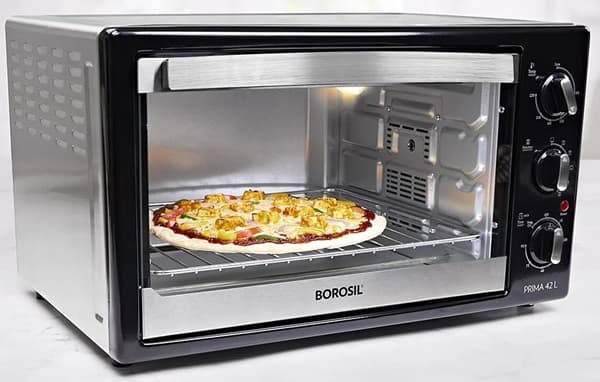If you’re short on space but high on inventory, there’s a good chance you’ve already heard of the double deep reach truck. This isn’t just another material-handling machine; it’s one of those things that quietly reshape how a warehouse operates. For anyone who’s ever stared at stacked pallets and thought, “We’re running out of room again,” this machine feels like a bit of a lifeline.
Warehouses across India are under pressure to do more with less space. That means using every last bit of space from racks and aisles. And that’s exactly where the double deep reach truck changes the equation. Designed to store pallets two rows deep instead of one, it essentially gives you more space without expanding your footprint.
But this isn’t just about stacking things higher or deeper. It’s about efficiency, safety, and workflow. In this post, we explore how these machines work, where they shine, and what you need to think about before bringing them into your warehouse.
Why Double Deep Storage Works Best for Space Optimisation?

A double deep reach truck lets you place two pallets into a rack, one behind the other, using pantographic forks. That instantly doubles the number of pallets in the same length of racking, which means more product stored per square metre.
What’s impressive is that this setup doesn’t involve expensive infrastructure changes. If your warehouse already has high vertical clearance, you’re halfway there. Instead of building new facilities or shifting to bigger premises, you reconfigure your racking and roll in reach trucks designed to work with that system.
But the system works only if you have the right machine for it. A standard reach truck won’t go deep enough or lift with the stability you need when pulling pallets from the second row. That’s where the specialised double deep version comes in with enhanced stability, stronger hydraulic systems, and advanced operator controls.
Improving Warehouse Throughput with the Right Reach Truck Setup
Throughput isn’t just about speed, it’s about how consistently and safely you can move goods in and out of storage. A machine that lifts fast but risks a topple is not the best solution. Also, a safe but slow forklift isn’t much better when orders are piling up.
This is where the design of a double deep reach truck begins to shine. It handles standard loads up to 2 tons, with mast heights up to 11 metres. In warehouses like the ones used for e-commerce fulfilment or FMCG storage, these machines often cut down aisle movement by more than 30%. That means fewer trips, shorter paths, and faster picks. It also reduces fuel or battery consumption over time, which is a quiet win for operational costs.
Where Forklift With Operator Support Makes the Difference
There’s no point investing in a reach truck if it’s not operated the right way. These aren’t plug-and-play machines. You need trained hands, especially in double deep storage, where vision and reach precision matter. That’s why having a forklift with an operator often makes more sense, especially in operations where speed and safety are equally important.
A trained operator doesn’t just avoid accidents. They move faster, make fewer errors, and reduce product damage. Most of them also know how to work the camera monitor, adjust telescopic forks, and understand load distribution, all of which matter more when lifting pallets from the back row at a height of 9 or 10 metres.
In facilities where racking systems are tightly packed, or where high-value inventory is stored, renting the equipment along with skilled manpower saves time and stress. You’re not just moving boxes; you’re protecting stock value.
Key Features To Look For
The features on a reach truck aren’t just there to sound good on paper. They make a noticeable difference in daily tasks. These aren’t add-ons; they’re the kind of tools that make long shifts safer and reduce operator fatigue. Over time, they protect more than inventory. They protect your team.
- Emergency Stop & Reverse Alarm: Critical when working in tight zones or around teams.
- Camera with Monitor: Helps the operator check fork alignment when placing pallets in the second row.
- Pantographic Forks: Without this, deep racking isn’t possible.
- Side Shifter: Adjusts forks sideways without repositioning the whole truck.
- Load Backrest & Overhead Guard: Keeps operators safe from falling objects.
- Red Halo & Blue Spot Lights: Alert people nearby about the forklift movement.
Conclusion
You can’t fix storage problems by adding more staff and you can’t speed up inventory by putting more effort. What makes the real difference is the system and the double deep reach truck is one of those systems that turns wasted space into usable capacity.
Whether you’re working with cold storage, general warehousing, or ecommerce fulfilment, this kind of equipment lets you increase output without expanding your facility. And when you rent it from premium providers like Godrej RenTRUST, for example, you often get the added advantage of a trained operator, regular maintenance, and setup support tailored to your floor plan.
In the end, better warehouse efficiency doesn’t come from working harder. It comes from thinking deeper.

